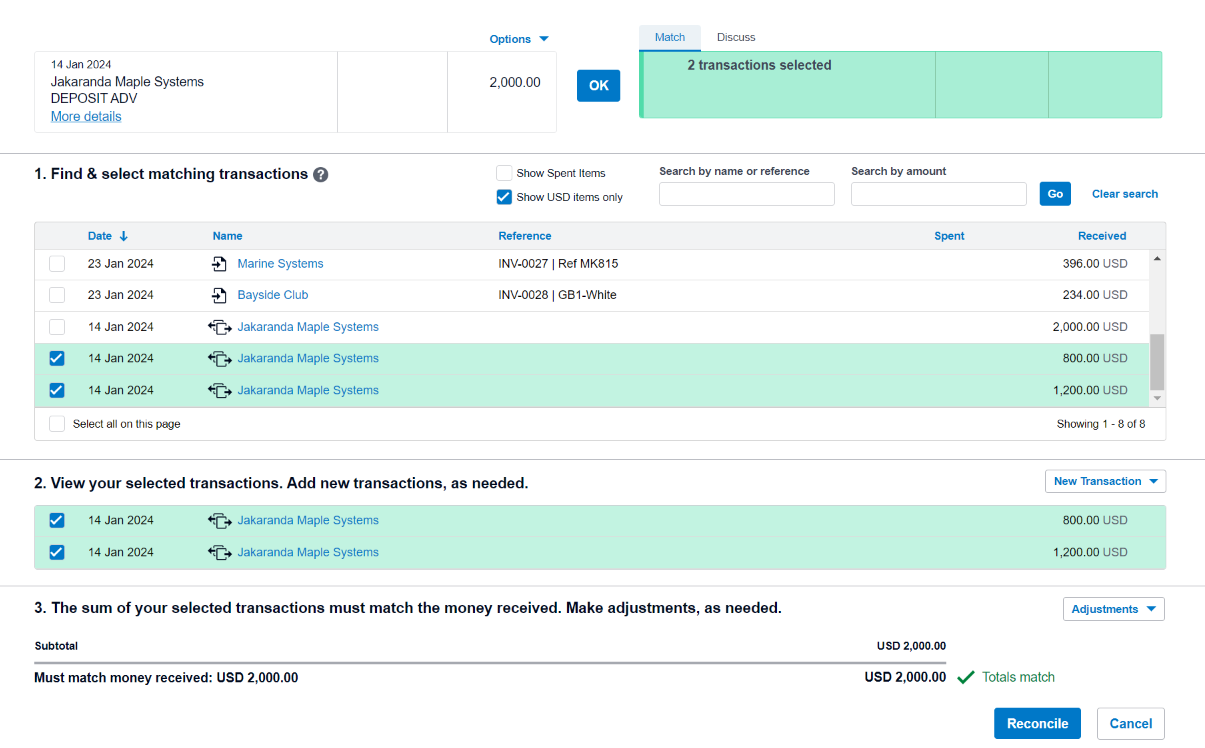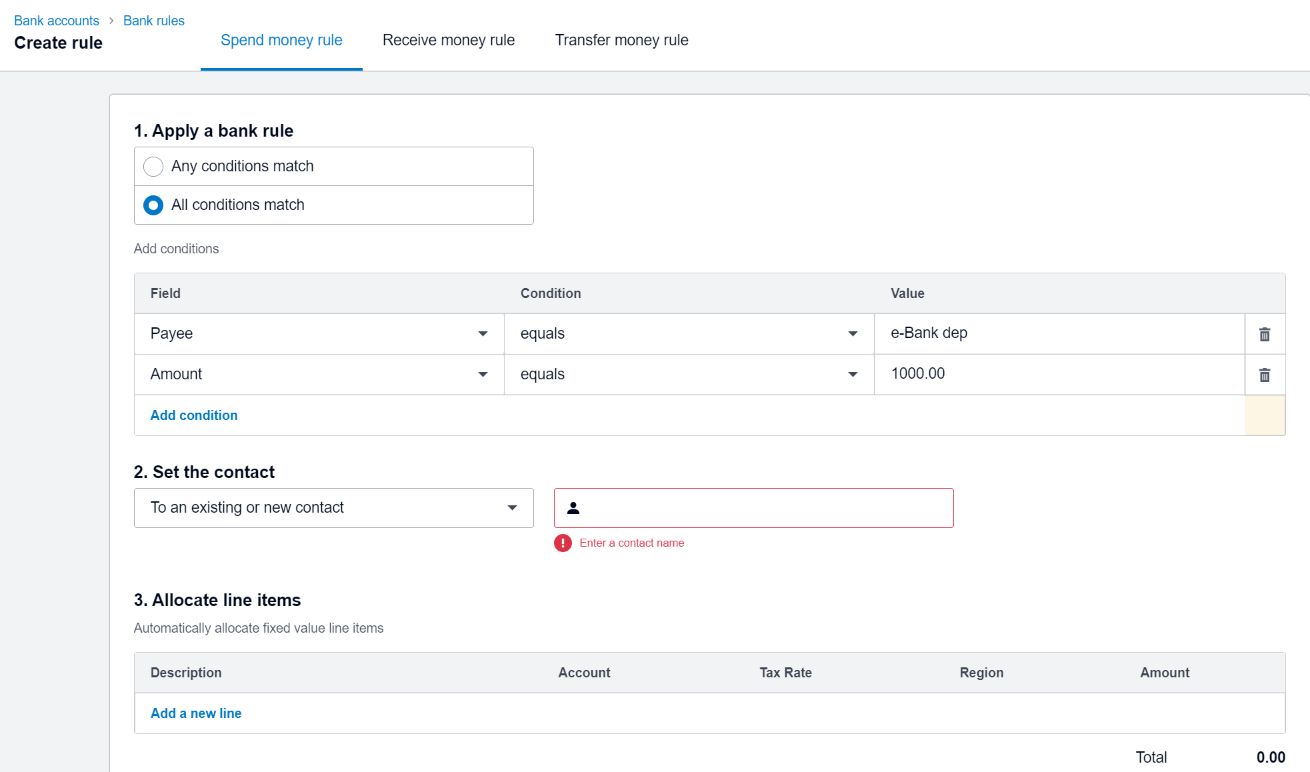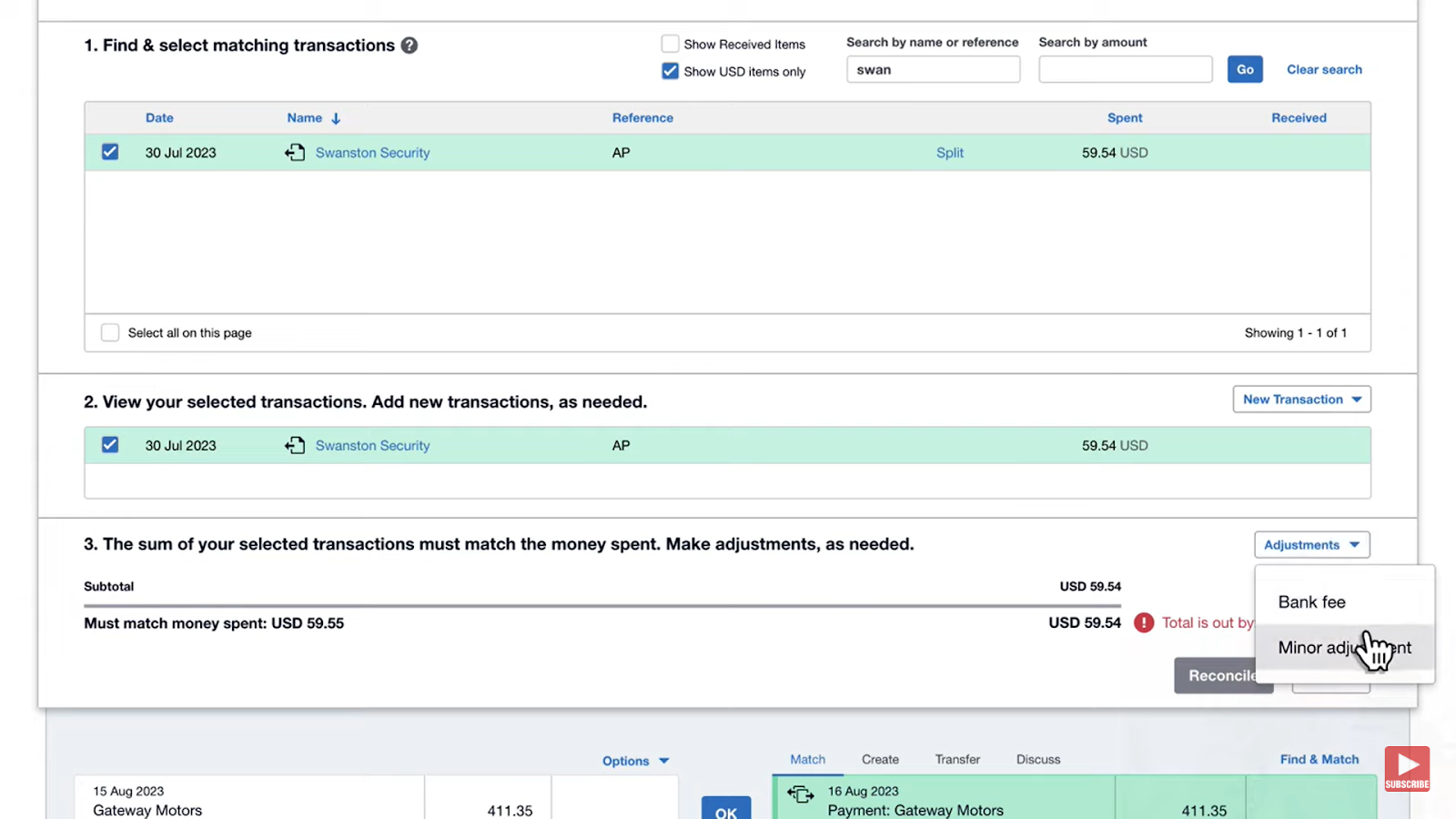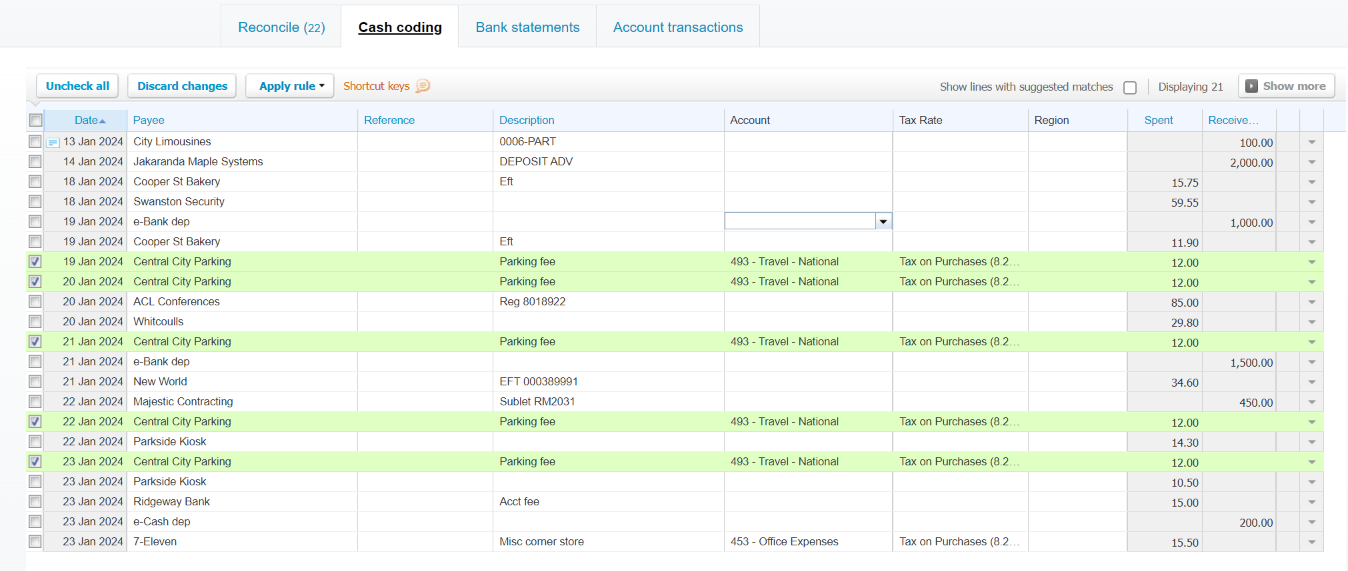Account reconciliation in Xero is easy with the automated bank feed and transaction matching feature. When everything matches perfectly, Xero allows you to quickly reconcile transactions with a simple click, speeding up the reconciliation process.
However, despite Xero’s automated matching, accounting teams have to manually verify and reconcile individual transactions, making corrections where needed.
For instance, teams have to make manual adjustments when bill payments are split into multiple transactions or there’s a small difference between the invoice and actual payment. Moreover, if the formatting or coding is incorrect, accounting teams spend hours making adjustments rather than focusing on strategic financial tasks.
In this post, we’ll explore Xero's features to show you how to reconcile accounts efficiently.
How to Reconcile Accounts in Xero?
Xero offers a range of features to simplify the account reconciliation process and ensure accuracy.
Here’s a step-by-step guide to efficiently reconciling accounts in Xero.
1.Connect Bank Feed

Firstly, you need to set up your bank feeds, which allow Xero to pull transactions from your bank accounts directly into the system daily.
To set this up:
- Go to the Bank Accounts screen from the dashboard.
- Click Get Bank Feeds and follow the prompts to connect your bank account.
- Once connected, Xero will begin importing your bank transactions automatically.
2.Reconcile Accounts in Xero

Once your bank feeds are in place, you can start reconciling transactions.
Here are various methods and scenarios you may encounter during account reconciliation in Xero.
Exact Match

For transactions that perfectly match an existing invoice or bill, Xero allows quick reconciliation:
- Select the transaction from your bank feed.
- Xero will automatically detect an exact match with an invoice or bill.
- Simply click Reconcile to match and clear the transaction.
This step is the simplest and fastest method when transactions align perfectly.
Find & Match

For transactions that aren’t automatically matched:
- Select the transaction and click Find & Match.
- Xero will display the list of all the unreconciled transactions.
- Choose the correct ones, and as soon as the totals match, you can reconcile them.
This step helps match transactions that may not align perfectly on their own, such as an invoice whose payments are split into two.
Bank Transfer

For internal transfers between your business’s bank accounts:
- Select the transaction.
- Click Transfer and choose the relevant bank account to reconcile the transaction.
Add Entries

For transactions that don’t match existing records:
- Select the transaction.
- Click Add New and input the transaction details (Who, What, Why, Region, Tax).
- Reconcile the new entry.
Bank Rules

To automate the reconciliation of recurring transactions:
- Select a transaction.
- Click Create Bank Rule.
- Define the criteria (e.g., payee, amount) and choose how to categorize it.
- Save the rule for automatic application to future similar transactions.
Write Off Minor Adjustments

For small discrepancies between invoices and actual payments:
- Select the transaction.
- Click Minor Adjustment and enter the amount to be written off.
- Reconcile the transaction.
This step handles minor variances, such as rounding errors or small fees.
In Xero, you can set up an account specifically for these types of write-offs, such as "Rounding Errors" or "Adjustment Expenses," to keep track of these small discrepancies in your financial records.
Cash Coding

For reconciling high volumes of transactions or petty cash expenses:
- Go to the Cash Coding tab in the reconciliation screen.
- Batch categorize and reconcile multiple entries quickly.
This feature is ideal for processing numerous small transactions.
Manual Reconciliation for Cash Transactions
When transactions are missing from bank feeds or cannot be imported into Xero, such as cash payments or other scenarios where data isn't automatically captured, you need to manually reconcile them.

However, to do the same, you need to enable the manual reconciliation feature.
- Go to the Accounting tab in Xero.
- Click on Bank Accounts to view your list of bank accounts.
- Select the relevant bank account where manual reconciliation is needed.
- Click the Help icon at the top right corner.
- Choose Enable Mark as Reconciled from the dropdown menu.
Once this feature is enabled, you can add cash transactions and reconcile them easily.
- Go to the Accounts Transaction screen within Xero where all your transactions are listed.
- Find and select the transaction you need to reconcile manually. This could be a cash expense or any transaction that was not imported through the bank feed.
- Click on the More button associated with the selected transaction.
- Click Mark as Reconciled from the options. This action will mark the transaction as reconciled in Xero even though it is not reflected in the bank feed.
Challenges Accounting Teams Face with Account Reconciliation
While Xero's automated bank feed feature significantly streamlines account reconciliation by pulling in and matching transactions, accounting teams often get bogged down with manual tasks.
Here are the common challenges accounting teams face:
1.Amount Mismatch
One of the most frequent issues is the discrepancy between invoice amounts and actual payments. This mismatch can arise from minor differences in figures due to rounding errors or adjustments.
Accounting teams have to look into these discrepancies, which involves sifting through detailed transaction records and making manual adjustments, consuming valuable time.
2.Coding Errors
If transactions are coded improperly or have different formats, aligning them with the corresponding entries becomes challenging.
Teams have to check and correct these codes and ensure that all financial data aligns correctly, which adds to the manual workload and increases the risk of errors.
3.Split Transactions
When a single transaction is split across multiple entries, it complicates the reconciliation process. For example, if a bill is paid in parts, Xero pulls in each payment separately.
As a result, accounting teams manually match each part of the transaction to ensure the entire amount is accounted for correctly, which becomes tedious and error-prone as the volume of transactions increases.
4.Chasing Employees for Complete Records
Incomplete records from employees, such as missing receipts or unrecorded expenses, add another layer of complexity.
Accounting teams often spend significant time following up with employees to gather all necessary documentation. This delay slows down the reconciliation process and leads to inaccuracies if the information is not collected promptly.
Streamline Your Account Reconciliation Process in Xero
Despite Xero’s automated features, the manual aspects of account reconciliation present significant challenges.
The manual process makes it difficult to identify compliance overrides, leads to potential delays in closing the books and increases the risk of errors. The time spent resolving mismatches, coding issues, and incomplete records requires manual oversight.
We have a dedicated blog on expense reconciliation best practices. So, if you want to streamline reconciliation and reduce the burden on your finance team, check it out. It includes practical strategies to enhance your reconciliation process and improve overall efficiency.
.png)


.png)


.webp)
%20(1).webp)











